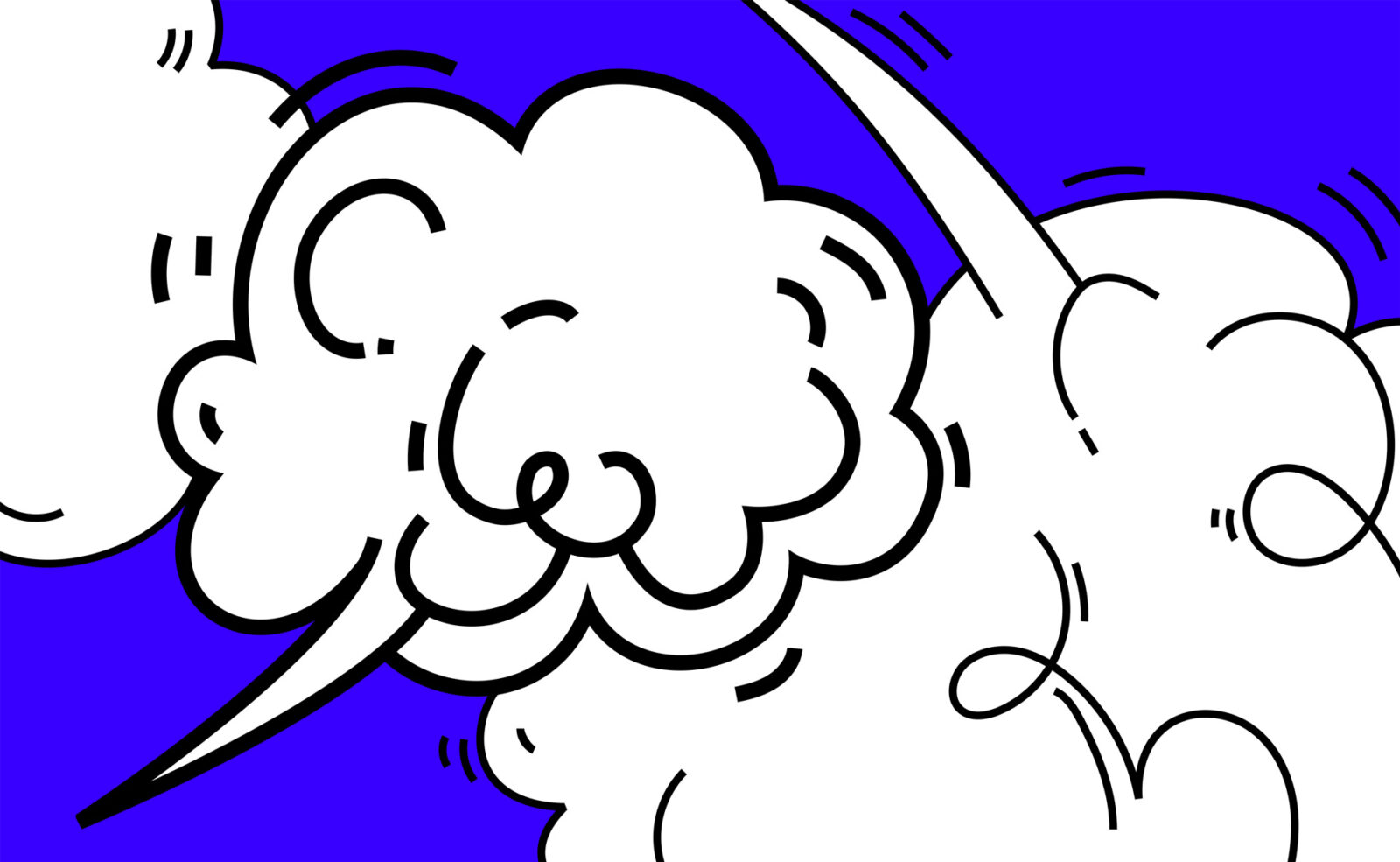Recommended reading: Svitlana Pidoprygora on “Documenting war in Ukrainian comics”
Svitlana Pidoprygora’s article “Documenting war in Ukrainian comics: Shifting from soldiers to civilians” has just been published in Canadian Slavonic Papers.
Against the backdrop of the Russian–Ukrainian war, Ukrainian comics have emerged as a potent medium for depicting the ongoing conflict. They blend informational, political, cultural, and artistic elements, contributing to a multi-dimensional media discourse. They also serve as a means of documenting the war’s reality, becoming an integral part of cultural memory. The Ukrainian documentary comic series Kiborhy (Cyborgs) and the comic magazine INKER play a significant role in this regard. When comparing the earlier Kiborhy to the more recent INKER comics, a discernible shift in narrative focus can be observed: whereas Kiborhy portray heroic Ukrainian soldiers, INKER’s narratives centre around the everyday heroism of ordinary civilians. As opposed to Kiborhy, INKER utilizes intimate storytelling, often employing first-person narratives and personal reflections to convey the emotional impact of war without presenting any explicit violence. This shift also marks a departure from dehumanizing portrayals of the enemy as seen in Kiborhy, to a more nuanced approach where the adversaries are not explicitly named in the storytelling. This transition has diversified the range of narratives and characters, enabling social commentary and transforming Ukrainian comics into a more inclusive and diverse medium.

